Tenjin
Sky-God Powder Mecca
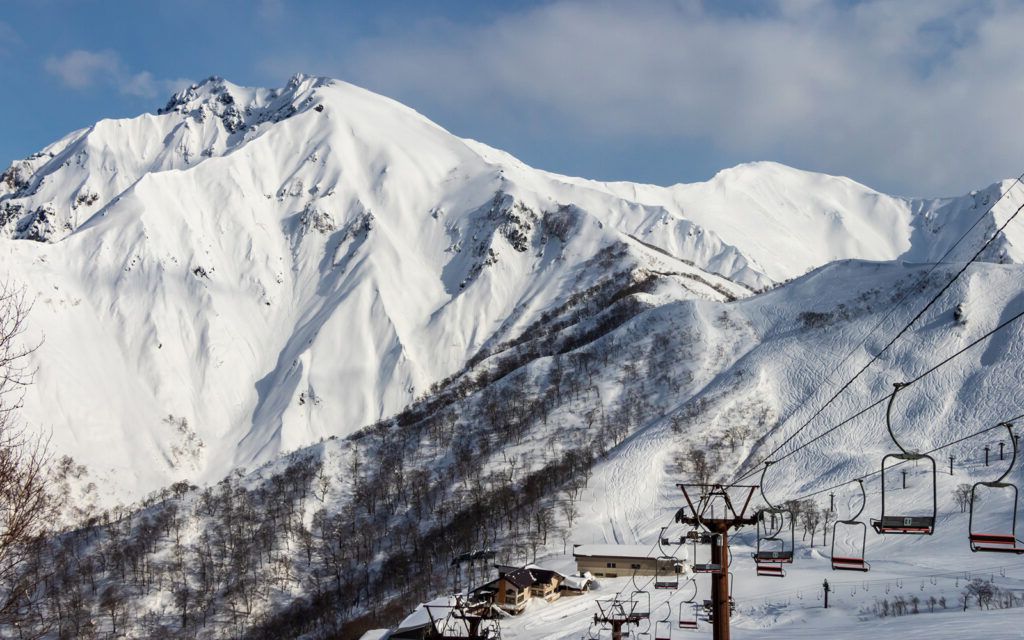
天神平
Worship at the Altar of Snow
There’s something almost mystical about stepping off the ropeway at Mt. T on a powder morning. The wind carries snowflakes so light they vanish when they touch your jacket, the peaks of Tanigawadake rise like guardians, and the whole world below is hushed under a deep white blanket. Tenjin isn’t the kind of place you stumble across — it’s a place you seek out.
The history here is humble but proud. Once a local’s powder stash known mainly in Gunma, Tenjindaira was for decades a throwback to old-school skiing — no frills, minimal grooming, and terrain that rewards skill over style. Then the whispers started: bottomless storms, tree lines that refill during the day, and the kind of vertical you don’t expect outside of the big-name Honshu resorts. When Hoshino Resorts stepped in during late 2024, they polished a few edges, but wisely left the soul untouched.
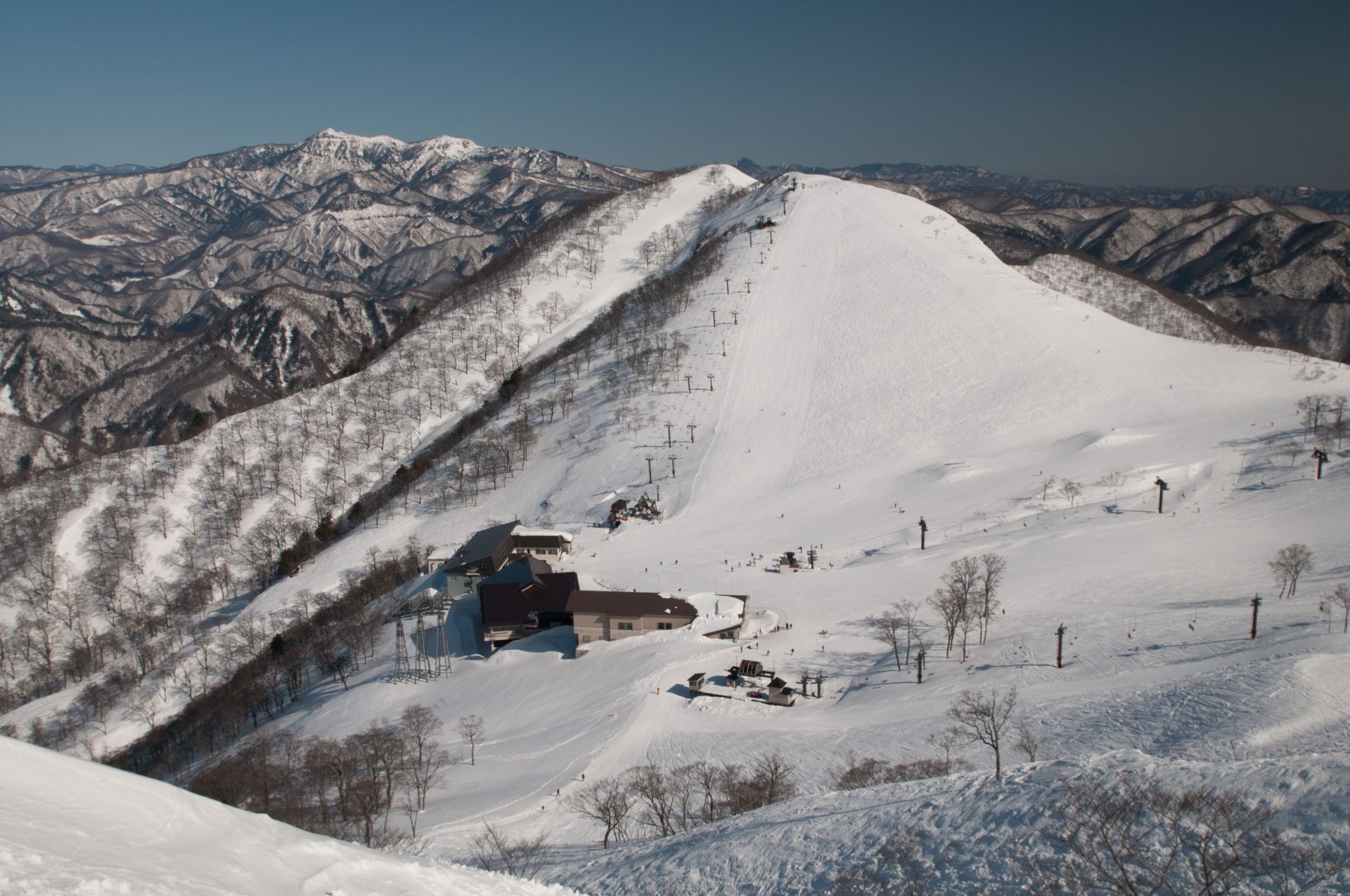
Tenjin’s vibe is a rare mix. It’s got that remote, wild feeling — you’re deep in the mountains — but you’re also close enough to Minakami to enjoy some creature comforts. Weekdays can feel like you have the mountain to yourself, and even weekends, while busier now, never feel like the conveyor-belt chaos of bigger names. You won’t find international crowds taking selfies mid-run or queuing ten minutes for a chair. Most people here came for one reason: to ski or ride deep snow.
The culture is laid-back but quietly hardcore. Skiers swap weather notes over vending machine coffee at the base, boarders check their beacon batteries before riding the ropeway, and locals share a knowing nod when the clouds roll in from the Sea of Japan — the kind that mean it’s about to start puking.
Resort Stats
- Vertical750m (1500m → 750m)
- Snowfall15m
- Terrain 30% 40% 30%
- Tree Riding
- Lift Pass¥5,000
- Lifts1 ropeway + 3 pairs
- Crowds
- Out of BoundsCautious / ski patrol watches
- Night Skiing
- Family Friendly
- Trails10
- Skiable Area50ha
- VibeHardcore, local, wild
Trail Map
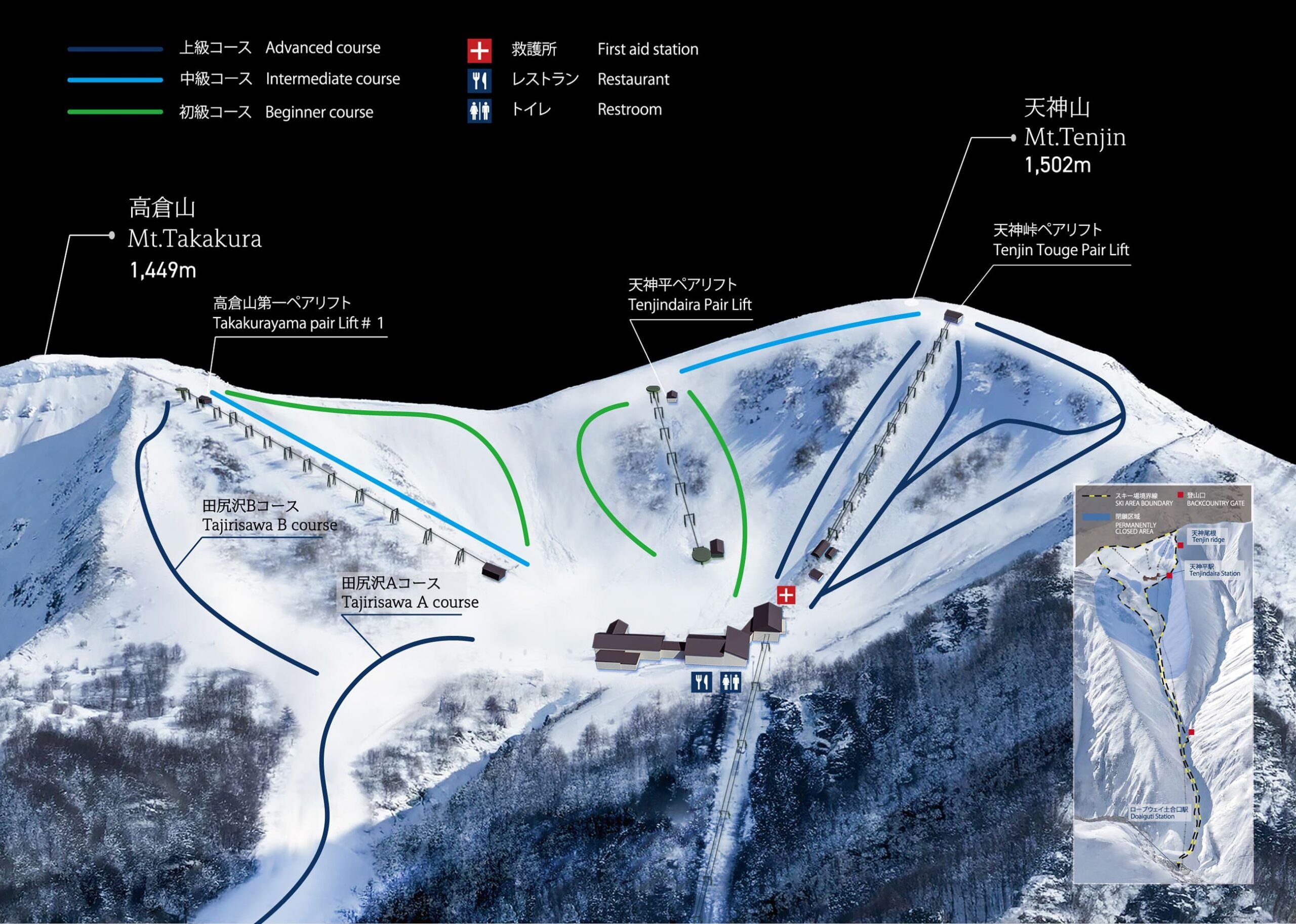
Powder & Terrain
Mt. T’s trump card is its elevation and exposure. At 1,500 m on the upper ridge, it sits high for Honshu, catching cold northwest storms straight off the Sea of Japan. Snow comes in deep and dry — the kind that hisses under your board and stacks up in your boots when you stop to catch your breath.
The ropeway is the heart of the operation. It whisks you from the base to the high alpine zone in under ten minutes, delivering you into a world of open bowls, steep fall-lines, and treed gullies. The main Tenjin slope offers a groomed route down for warming up the legs or easing into the day, but most riders here are eyeing the sides — short traverses open into glades and gullies that hold stashes long after a storm.
Off the top, advanced riders can drop toward the famous Tajirisawa course — a 4 km descent that starts steep, funnels into a natural halfpipe of trees, and spits you out grinning. The Takakurayama side is equally tempting, with tree lines that are more sheltered when the weather turns fierce. Both zones are compact, but they ski big thanks to the pitch and snow quality.
Backcountry access here is no joke. Gates (when open) lead into high-consequence alpine terrain, with Tanigawadake’s ridges tempting experienced ski tourers. But this is avalanche country, and the ski patrol keeps a close eye on conditions. If you’re not trained and equipped, stick to the lift-served goods — you’ll still find plenty to smile about.
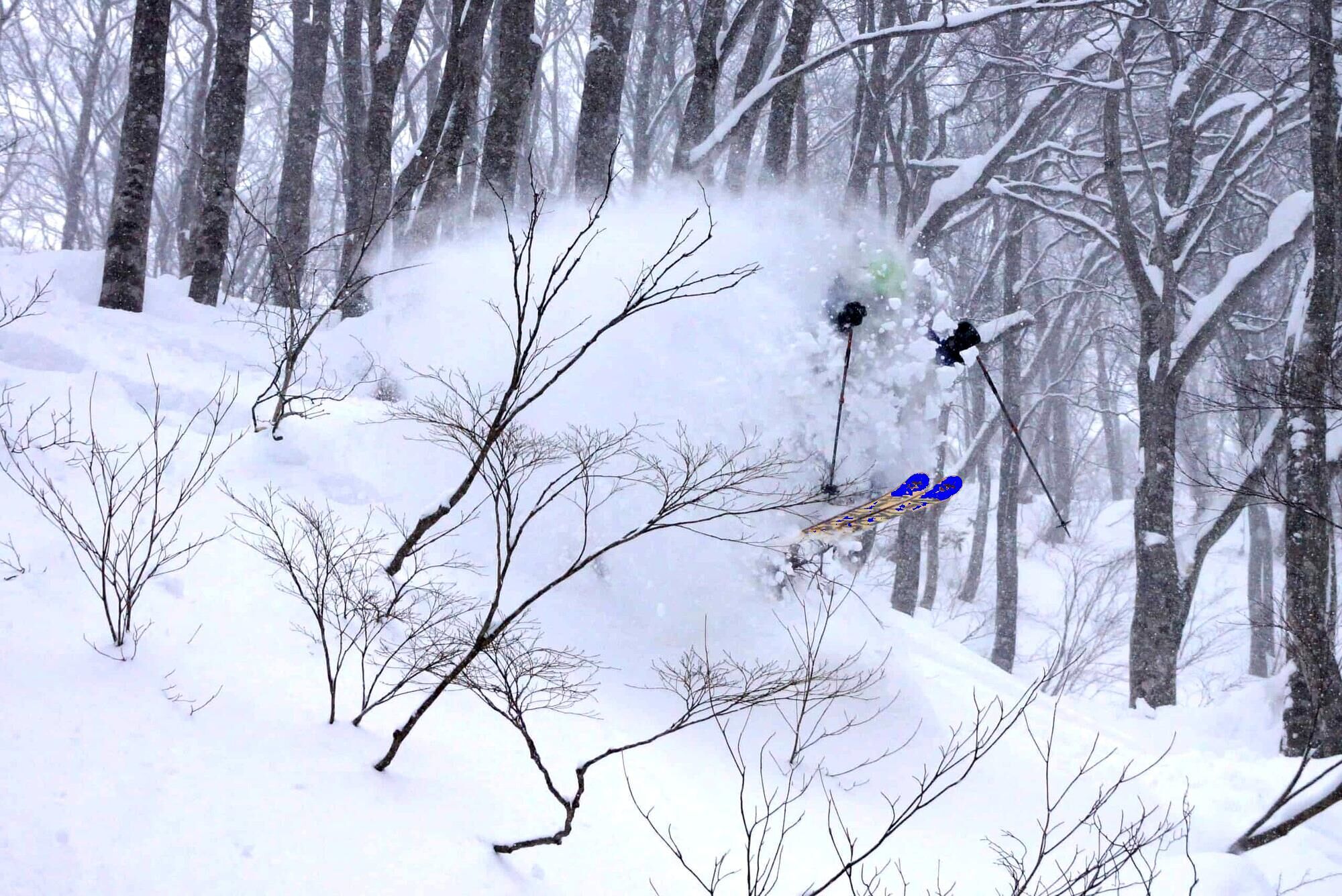
The lift network is basic but functional: the ropeway plus a few fixed-grip pairs. Speeds are nothing to brag about, but with minimal lines, you’re rarely waiting more than a few minutes. It feels more “earned turns” than “resort churn” — which fits the place perfectly.
Local tip: On a storm day, head for the trees skiers’ left of the Tenjin slope — they fill in fast and keep the wind at bay. On bluebird days after a big dump, beeline for Tajirisawa first run — it’s as good as it gets.
Who's it for?
If your idea of a great day involves beacon checks, hunting untracked glades, and ending the day tired in the best possible way, Mt. T is for you. Advanced and strong intermediate riders will have the most fun — there’s enough groomed to keep the legs moving between pow runs, but this isn’t a place for endless cruiser mileage.
Beginner terrain exists but is limited; first-timers will find more forgiving options at nearby Okutone or Minakami Kogen. Families with mixed abilities will manage fine if expectations are set — the setting is stunning and the base is compact, but the real action is on steeper, ungroomed lines.
Accommodation
On-mountain lodging is limited to day facilities, so you’re looking at staying down in Minakami or the surrounding valley. That’s not a bad thing — it opens up options from budget to boutique, and lets you soak in the area’s famous hot springs.
Budget chasers can snag simple pensions or business hotels in Minakami for under ¥7,000 a night. These places are clean, functional, and often run by friendly owners who’ll give you the day’s weather in detail over breakfast.
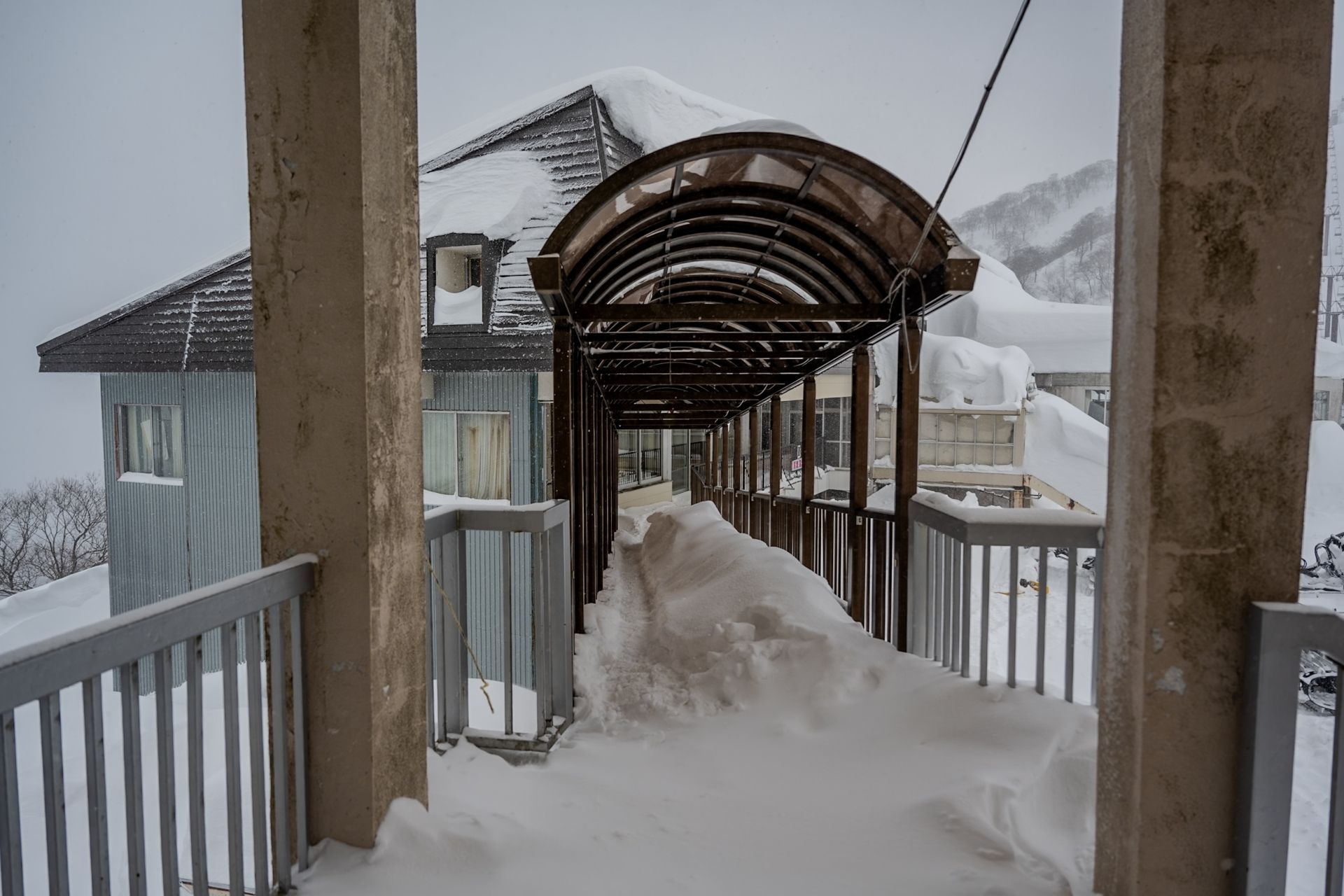
Mid-range travellers can opt for ryokans with in-room meals, where dinner is a spread of local mountain vegetables, river fish, and steaming rice — all capped off with an onsen soak as snow falls outside. If you want a taste of luxury without Niseko prices, some riverside resorts offer private outdoor baths with mountain views for around ¥20,000 a night.
Doai station, Japan’s famously deep underground railway stop, is just down the road and has a couple of quirky guesthouses. Staying here puts you close to the ropeway and gives you a dose of rural Japan you won’t get in bigger resort towns.
Food & Après
The base lodge cafeteria keeps things simple: steaming bowls of miso ramen, Japanese curry, tonkatsu plates — hearty fuel for a cold day. Prices are reasonable given the setting, and the portions generous enough to power you through the afternoon.
Evenings are best spent in Minakami. Here you’ll find izakaya serving grilled yakitori and locally brewed sake, soba noodle shops using spring water from the surrounding mountains, and a few modern cafés with surprisingly good espresso. Nightlife is low-key — think relaxed conversations over hot sake rather than thumping bars — which suits the early-to-bed, early-to-ropeway crowd.
Getting There
Reaching Mt. T from Tokyo is straightforward. By train, take the Joetsu Shinkansen to Jōmō-Kōgen (around 75 minutes), then transfer to a local bus or taxi for the final 30 minutes to the ropeway. By car, it’s about two hours via the Kan-etsu Expressway to Minakami IC, then 14 km up mountain roads.
Winter driving here can be serious — snow tires or chains are essential, and after a big storm, even locals take it slow. The ropeway’s multi-level parking is a blessing, keeping cars snow-free and ready for the drive back.
If you’re planning multiple days, having a rental car opens up the entire Minakami area — from Okutone to White Valley — and lets you chase conditions.
Japow Travel Tips
- Lift Hours: Typically 8:30 – 16:00 (last ropeway down ~16:20).
- Avalanche Reality: The surrounding peaks are serious — if you venture beyond ropes, bring gear, knowledge, and a partner.
- Snow Window: Best from late December to early March for prime pow; April can still hold good days.
- Language: Limited English; learn a few basics and you’ll be fine.
- Nearby Day Trips: Try Takaragawa Onsen for an unforgettable outdoor bath surrounded by snow.
Verdict — A Mountain That Gives More Than It Takes
Mt. T isn’t the flashiest resort in Japan, but that’s exactly its strength. It’s pure: a high-elevation ropeway to the goods, deep and consistent snow, and enough terrain to keep strong riders stoked for days. It’s a place that still feels like skiing used to — less about infrastructure, more about the mountain itself. For those who make the trip, it often becomes a yearly pilgrimage.